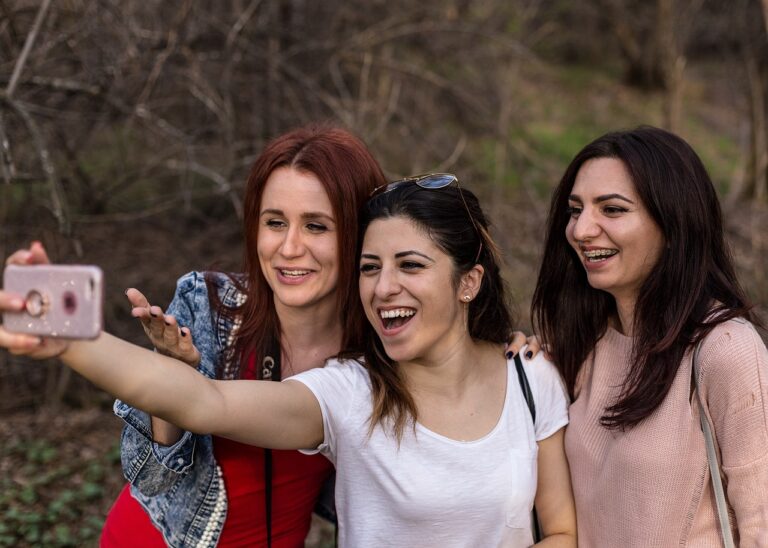The Role of AI in Improving Accessibility in Film and Television
Artificial Intelligence (AI) technology has become a game-changer in the entertainment industry, particularly in improving the accuracy of subtitles in films and television shows. With the ability to transcribe speech and recognize context, AI algorithms can now generate more precise and timely subtitles, enhancing the overall viewing experience for audiences worldwide.
By automating the subtitle creation process, AI not only streamlines workflow for production companies but also reduces the margin of error commonly found in manually generated subtitles. This increased accuracy allows for better understanding of dialogue, improved immersion in the storyline, and a more inclusive viewing experience for all audiences, regardless of their language proficiency or hearing abilities.
Increasing Audio Description Options for Visually Impaired Audiences
Audio description services have seen a significant improvement in recent years thanks to advancements in artificial intelligence technology. By harnessing AI capabilities, content creators are now able to provide visually impaired audiences with richer and more detailed audio descriptions of on-screen actions, settings, and character movements. This enhanced level of detail enhances the overall viewing experience for individuals who rely on audio descriptions to understand and fully engage with film and television content.
Moreover, AI has enabled the creation of audio descriptions for a wider range of content, including live broadcasts and streaming platforms. This expanded accessibility ensures that visually impaired audiences have more options to choose from and are no longer limited to certain pre-recorded programs. As a result, individuals with visual impairments can enjoy a more diverse selection of entertainment options and stay up-to-date with the latest releases, ultimately leading to a more inclusive media landscape for all viewers.
Improving Closed Captioning for Deaf and Hard of Hearing Viewers
Closed captioning plays a crucial role in ensuring that individuals with hearing impairments can fully enjoy television programs and films. With the advancements in artificial intelligence (AI) technology, closed captioning has become more accurate and reliable than ever before. AI algorithms can now automatically transcribe dialogue and sounds in real-time, resulting in a more seamless viewing experience for deaf and hard of hearing viewers.
Moreover, AI-powered closed captioning systems are constantly learning and improving their accuracy over time. This means that the quality of closed captions continues to enhance, providing viewers with a more precise representation of the audio content being displayed. As AI technology evolves, the closed captioning industry is poised to make even greater strides in ensuring inclusivity and accessibility for all audiences.
How is Artificial Intelligence being used to enhance subtitle accuracy in film and television?
Artificial Intelligence is being utilized to automatically transcribe spoken dialogue and sounds in real time, resulting in more accurate closed captioning for deaf and hard of hearing viewers.
What are some of the ways in which audio description options are being increased for visually impaired audiences?
Audio description options are being expanded by providing more detailed descriptions of visual elements, such as facial expressions, gestures, and scene changes, to enhance the viewing experience for visually impaired audiences.
How are efforts being made to improve closed captioning for deaf and hard of hearing viewers?
Efforts to improve closed captioning for deaf and hard of hearing viewers include implementing better quality control measures, increasing the availability of captioning across various platforms, and incorporating feedback from the deaf and hard of hearing community to ensure accuracy and inclusivity.







